
Type
Publisher
Australian Building Codes Board
Publisher
Australian Building Codes Board
Version:
2022.
(Latest)
Short Description
This ABCB Standard provides WOH efficiency factors for Class 1 dwellings, Class 2 sole-occupancy units and Class 4 parts of buildings in the energy efficiency provisions of the NCC; It applies in each NCC climate zone and jurisdiction.
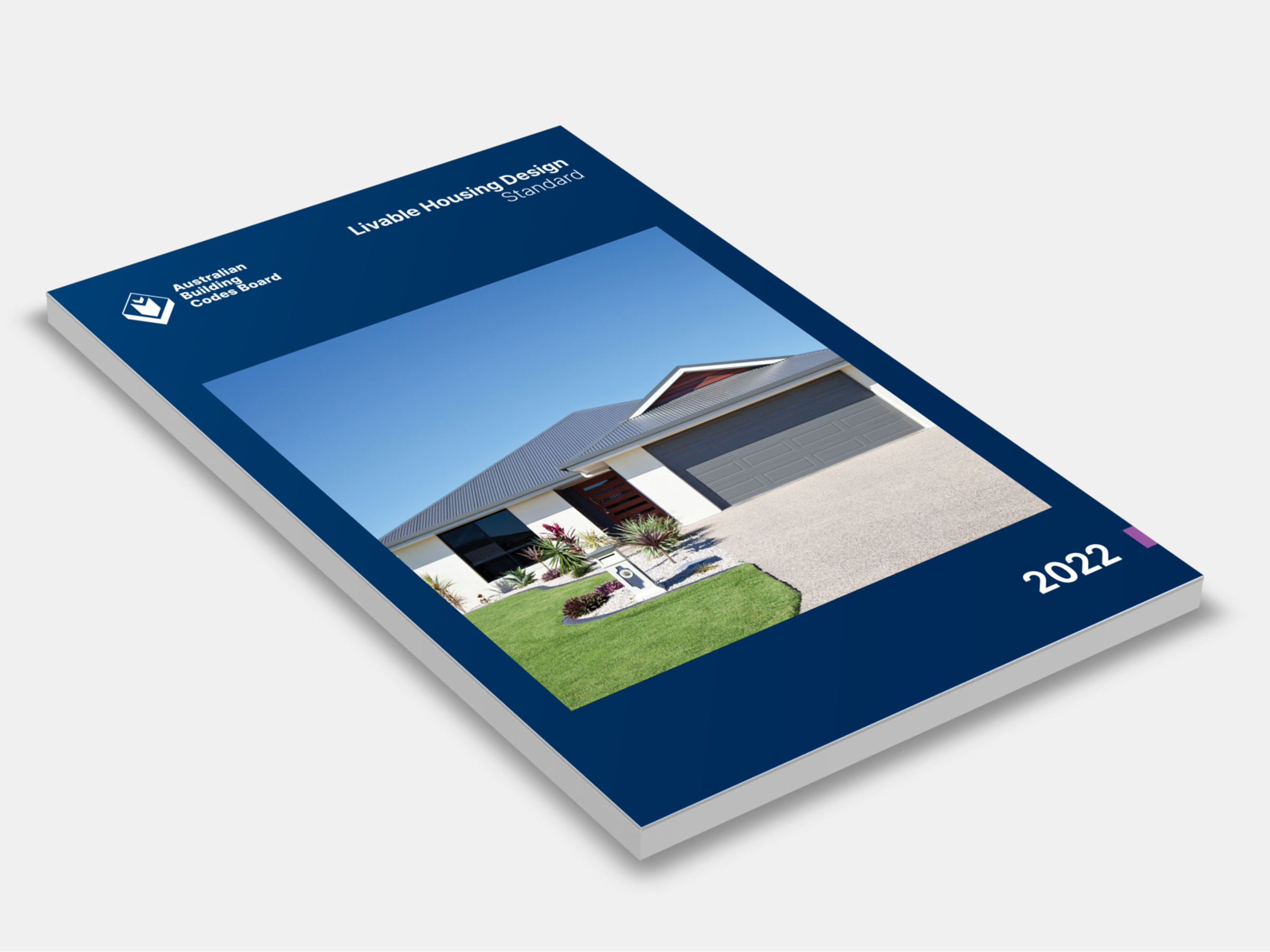
Type
Publisher
Australian Building Codes Board
Publisher
Australian Building Codes Board
Version:
2022.
(Latest)
Short Description
Provides a set of technical provisions that if complied with will enable dwellings to better meet the needs of the community, including older people and people with mobility limitations
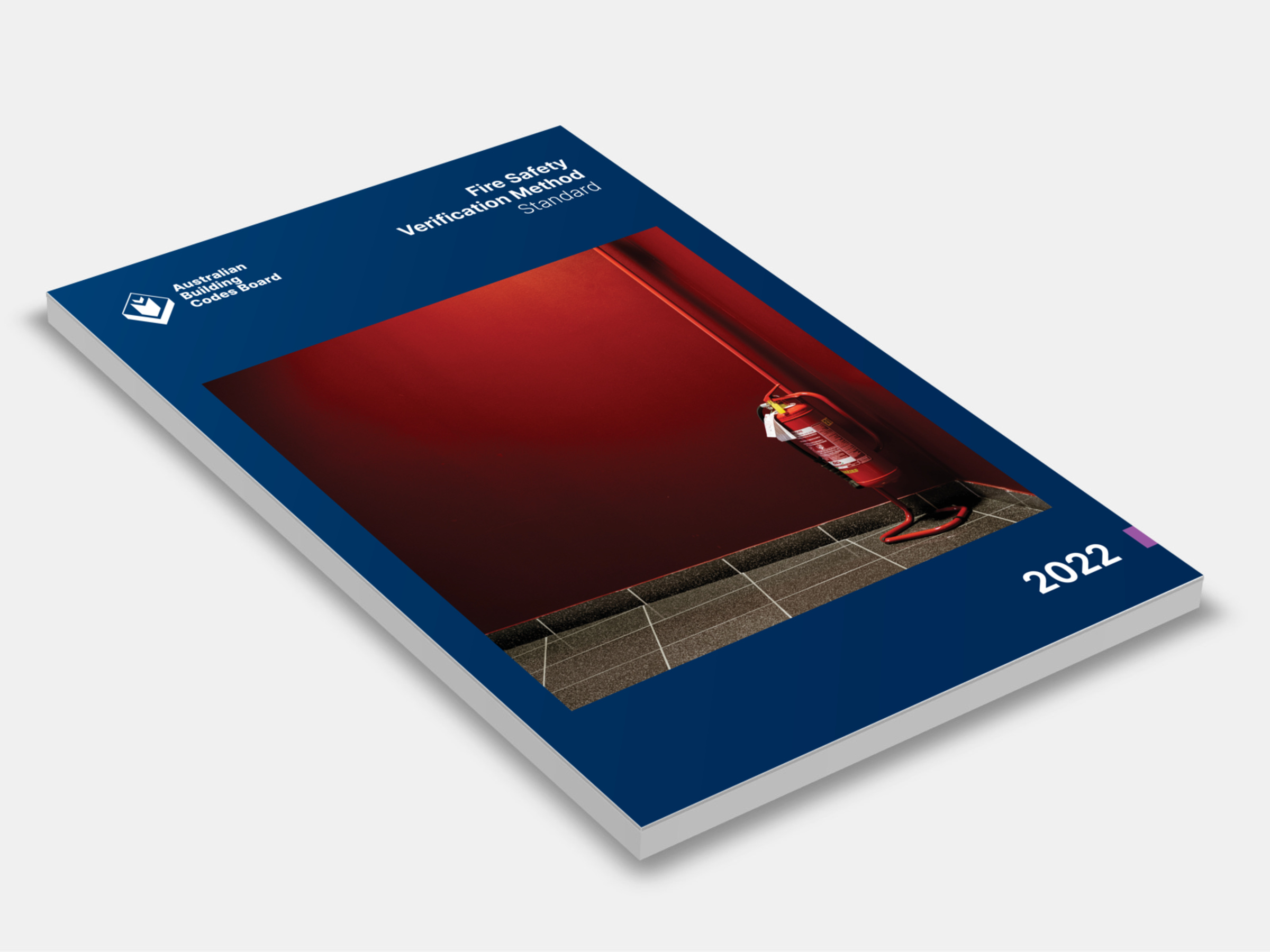
Type
Publisher
Australian Building Codes Board
Publisher
Australian Building Codes Board
Version:
2022.
(Latest)
Short Description
Provides a process for engineering the design of fire safety Performance Solutions. The document provides the flexibility required to develop Performance Solutions while still maintaining the level of safety required by the NCC.
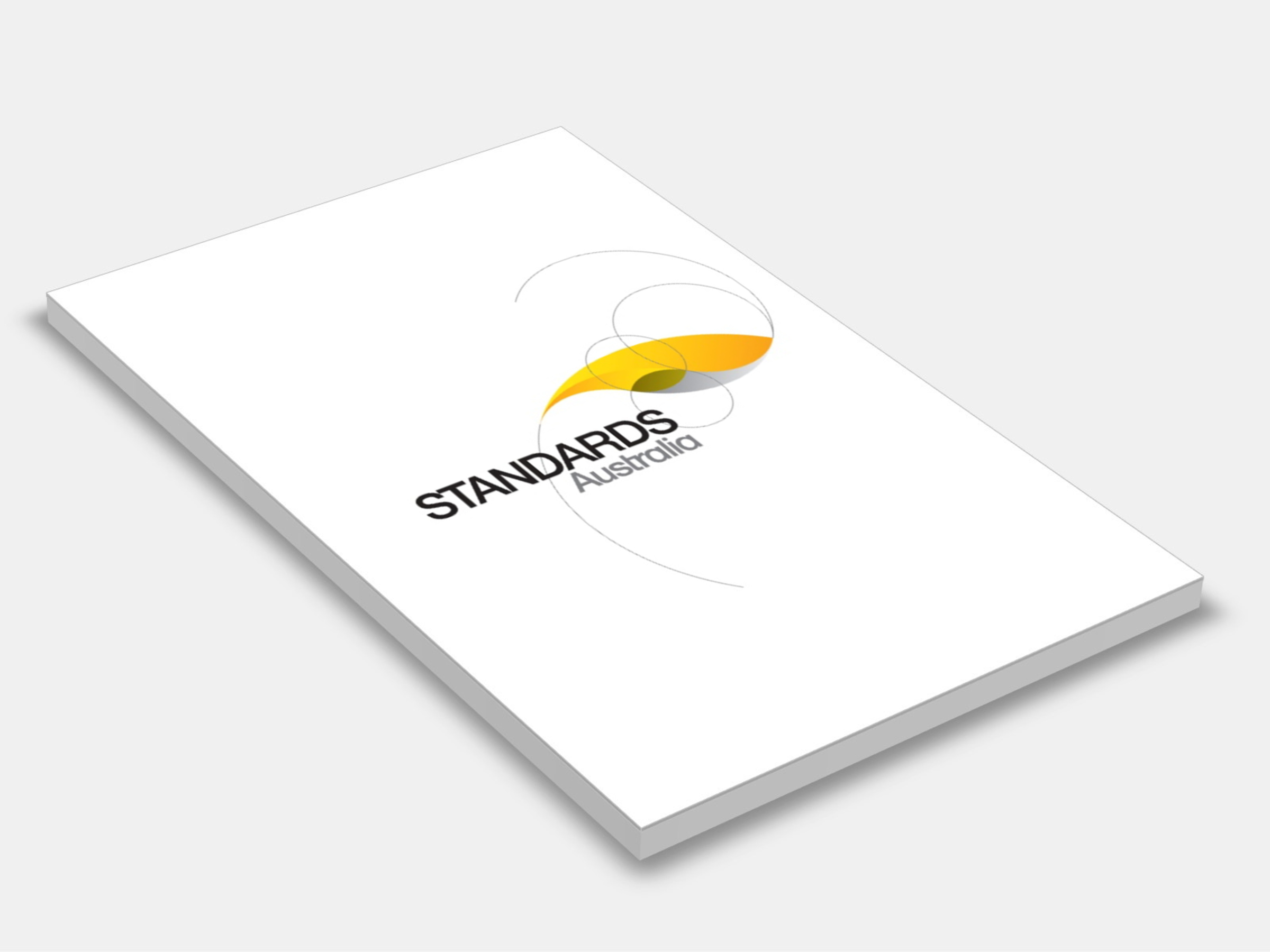
Type
Publisher
Standards Australia
Publisher
Standards Australia
Version:
Third Edition 2022.
(Current)
Short Description
Provides a standard format for cabling requirements used in tender and construction drawings; provides basic specifications for identification and recording of components, during design and at the time of installation in order to aid in the administration of application, maintenance and reconfiguration of telecommunications cabling infrastructure.
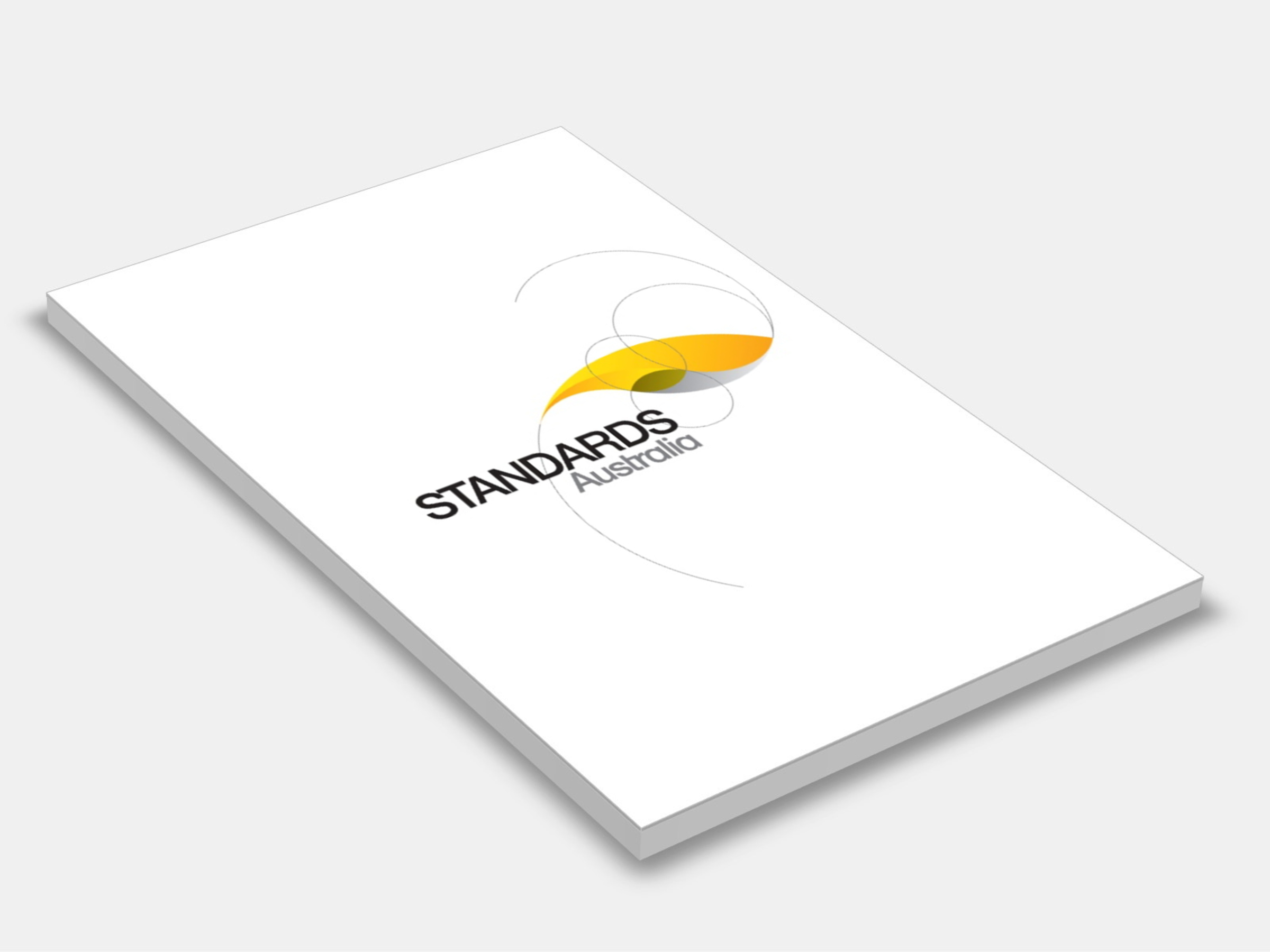
Type
Publisher
Standards Australia/Standards New Zealand
Publisher
Standards Australia/Standards New Zealand
Version:
Second Edition 2017.
(Current)
Short Description
Provides specific guidance to architects, planners, designers, engineers, builders, installers, maintenance personnel, building owners, managers and users in the planning and installation of physical pathways and spaces in and between buildings to accommodate the equipment and cabling infrastructure necessary for communications; to the extent that this is not adequately covered for Australian and New Zealand purposes in AS/NZSISO/IEC 14763.2:2014.
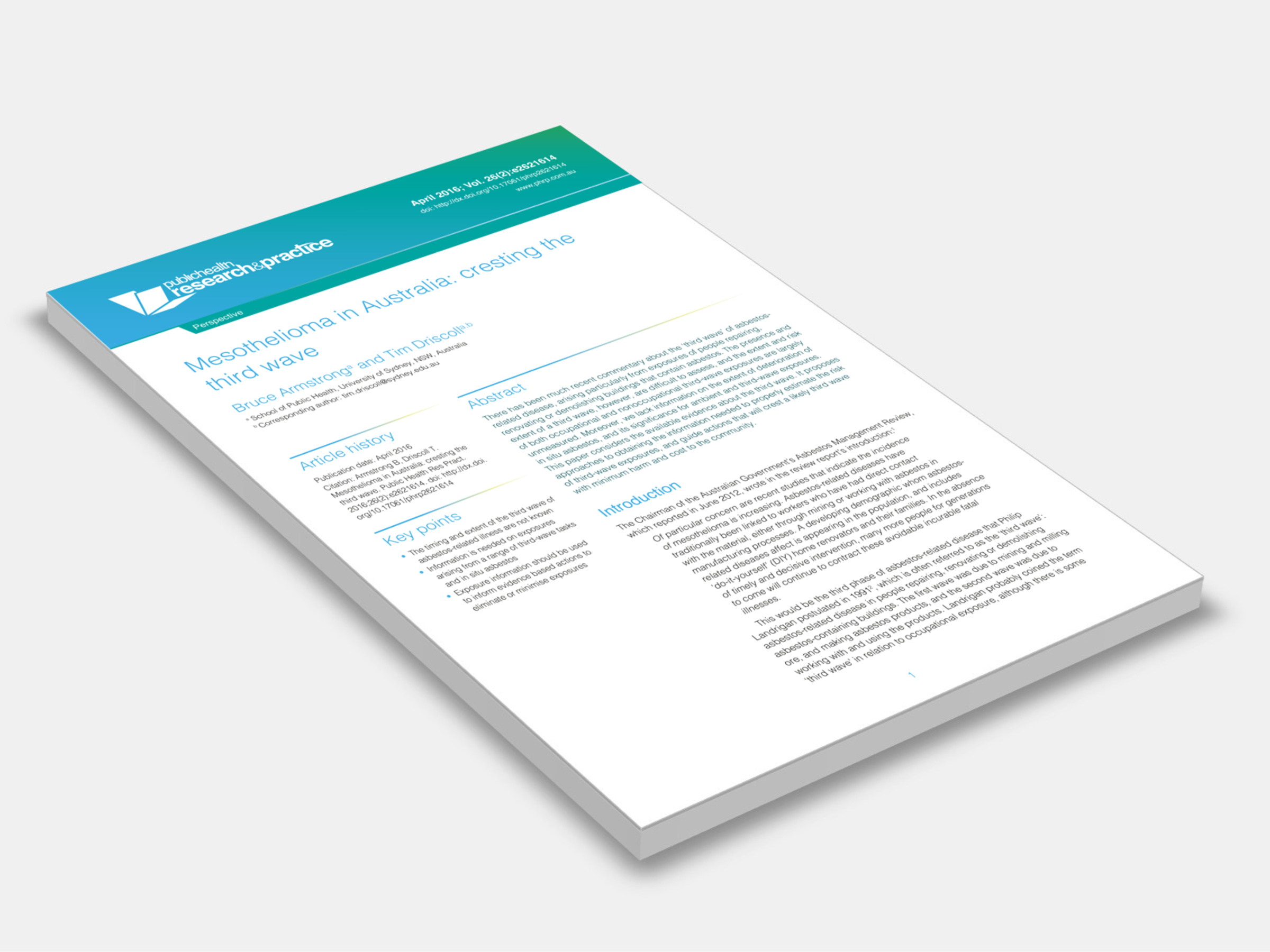
Type
Version:
2016.
(Current)
Short Description
Proposes approaches to obtaining the information needed to properly estimate the risk of third-wave asbestos exposures, and guide actions that will crest a likely third-wave with minimum harm and cost to the community.
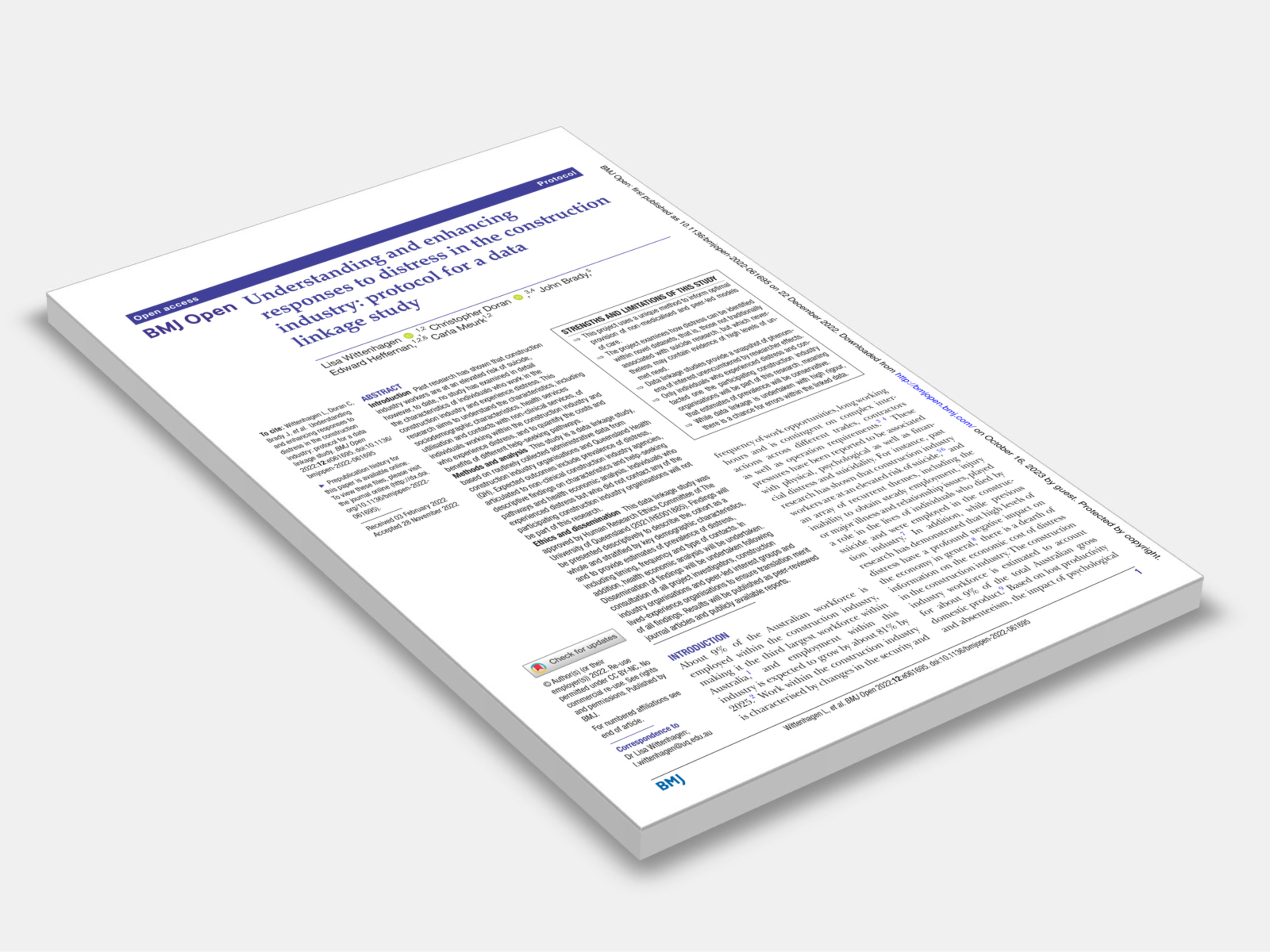
Type
Version:
2022.
(Current)
Short Description
This research aims to understand the characteristics, including sociodemographic characteristics, health services utilisation and contacts with non-clinical services, of individuals working within the construction industry and who experience distress, and to quantify the costs and benefits of different help-seeking pathways.
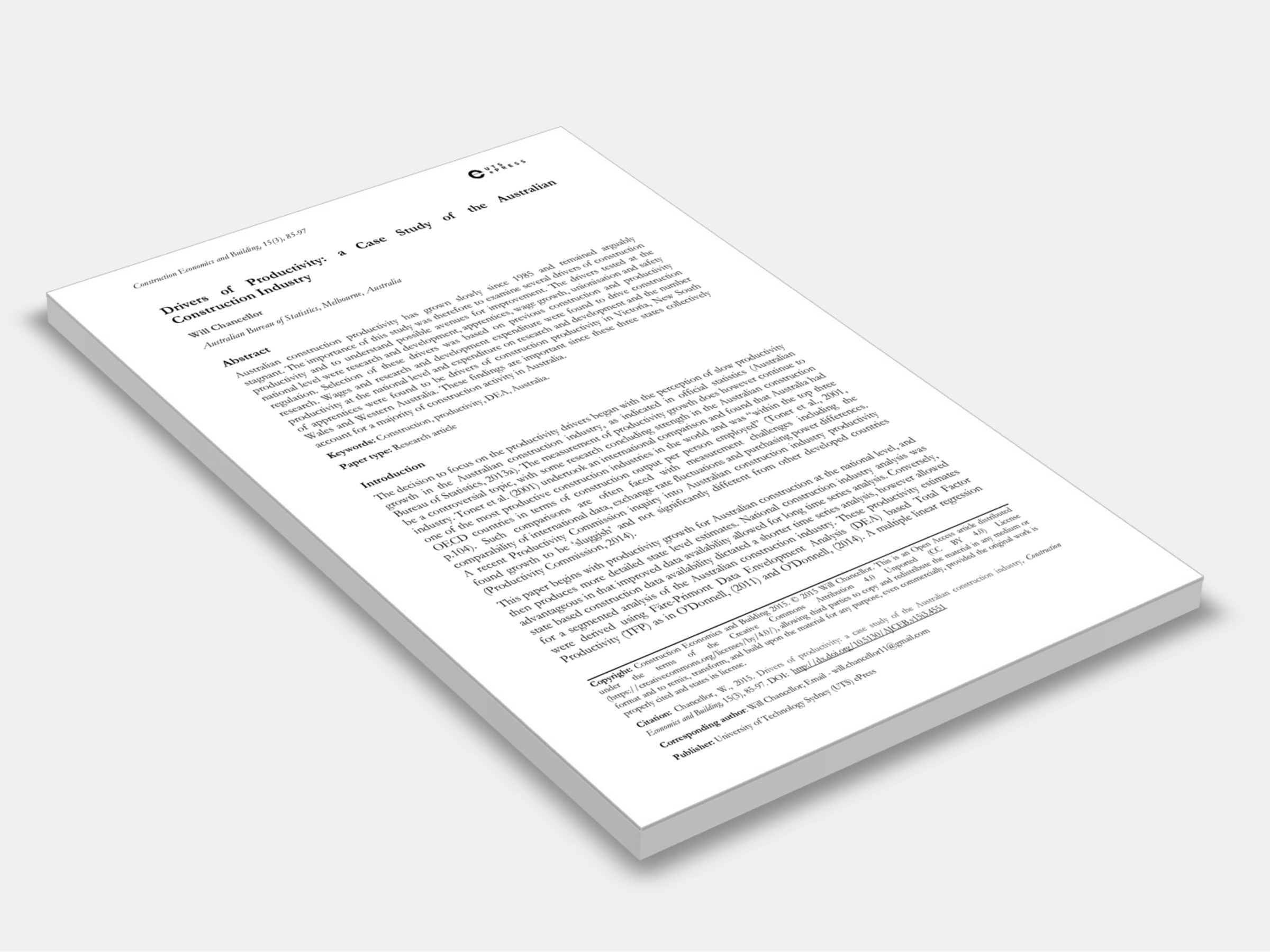
Type
Publisher
Construction Economics and Building
Publisher
Construction Economics and Building
Version:
2015.
(Current)
Short Description
Wages and research and development expenditure were found to drive construction productivity at the national level and expenditure on research and development and the number of apprentices were found to be drivers of construction productivity in Victoria, New South Wales and Western Australia.
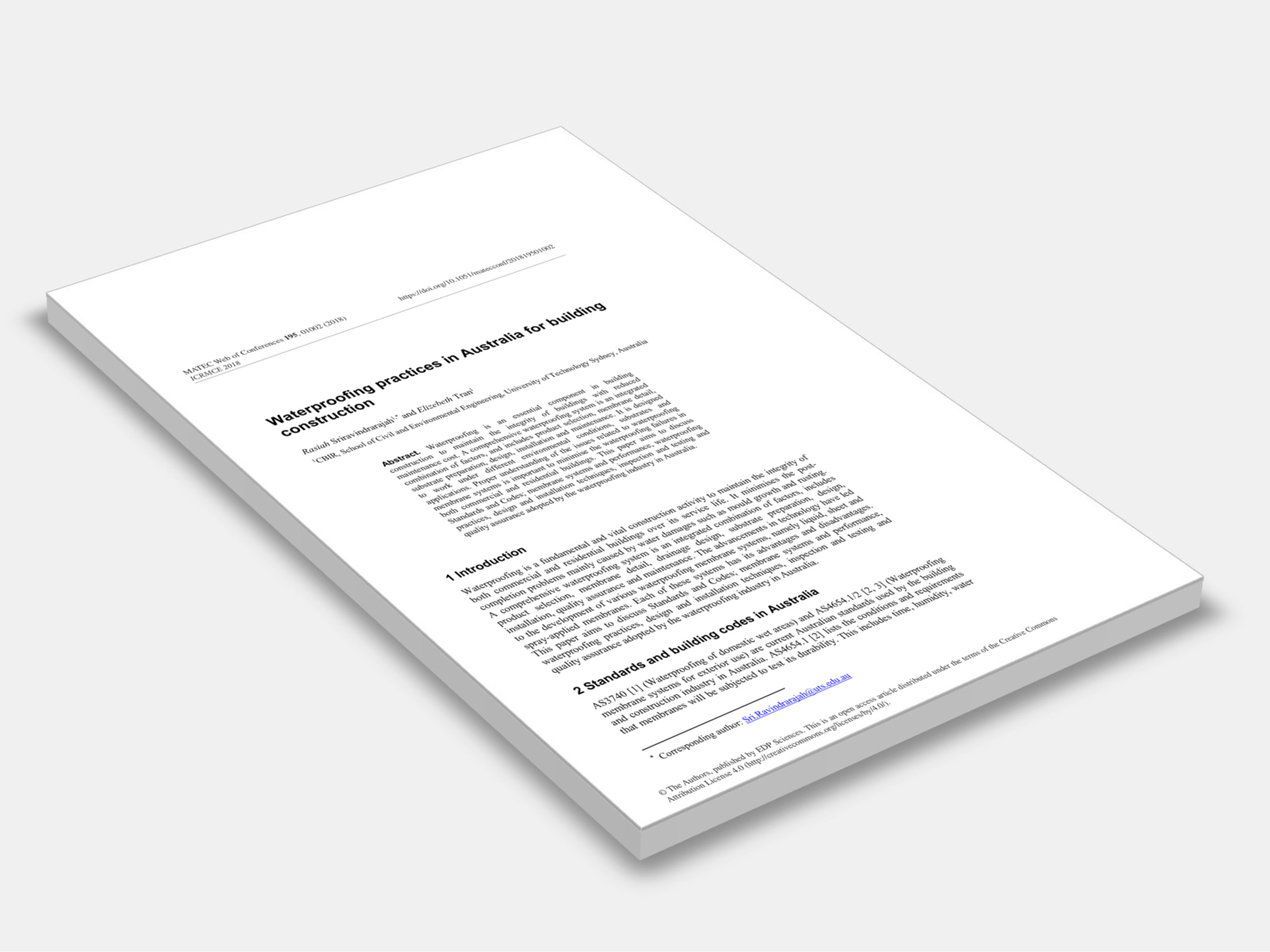
Type
Version:
2018.
(Current)
Short Description
This paper aims to discuss Standards and Codes; membrane systems and performance, waterproofing practices, design and installation techniques, inspection and testing and quality assurance adopted by the waterproofing industry in Australia.
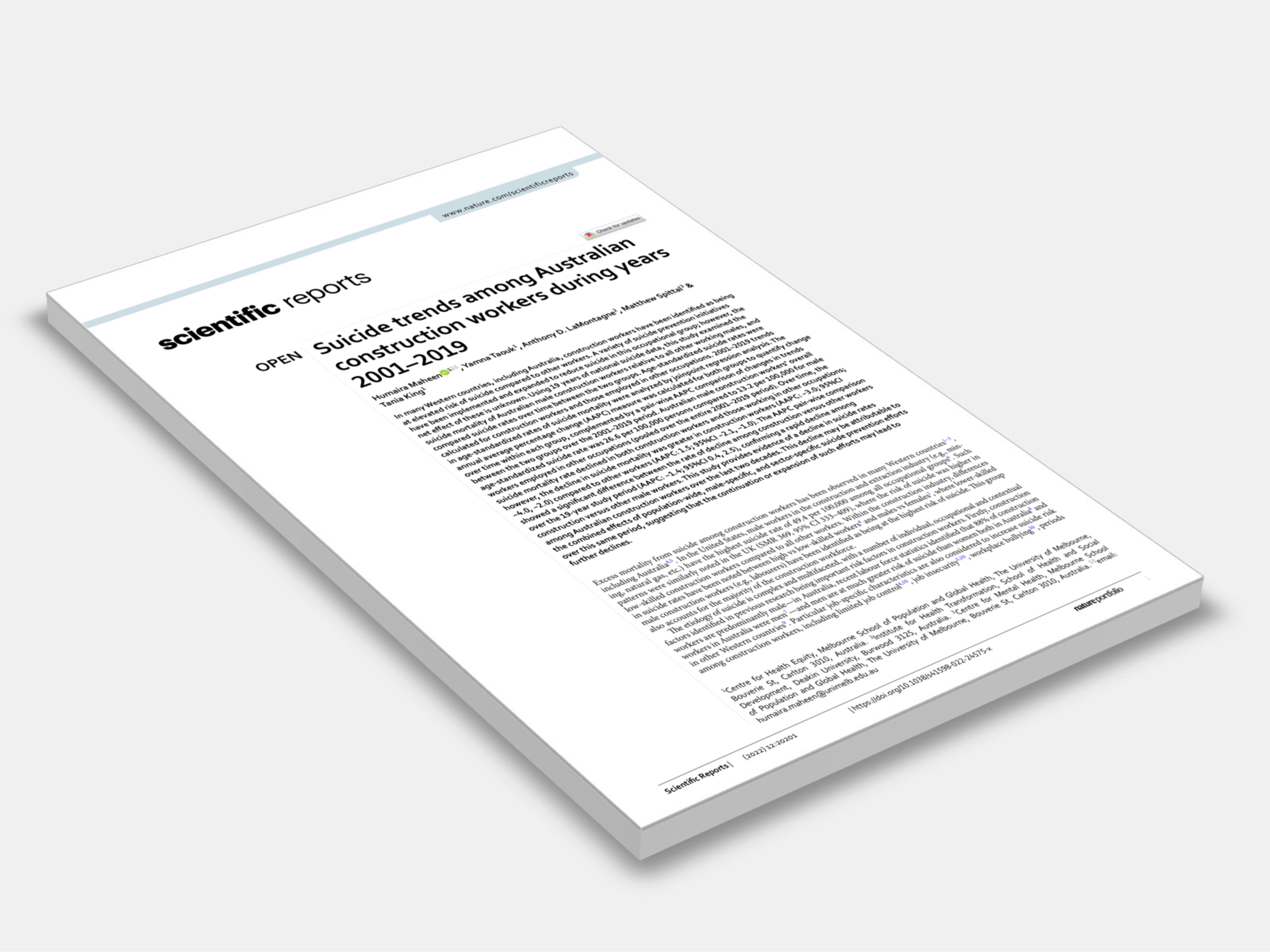
Type
Version:
2022.
(Current)
Short Description
This study provides evidence of a decline in suicide rates among Australian construction workers over the last two decades; this decline may be attributable to the combined effects of population-wide, male-specific, and sector-specific suicide prevention efforts over this same period, suggesting that the continuation or expansion of such efforts may lead to further declines.